The Hidden Treasure of the Middle East
When you think of Iran, what comes to mind? For many, the first thought is its vast oil and gas reserves. While these are undeniably significant, they tell only part of the story. Beneath the surface of this ancient land lies an incredible wealth of mineral resources, a hidden treasure trove waiting to be fully unearthed. Iran is a geological powerhouse, boasting an astonishing variety of over 68 types of minerals and ranking among the world’s top 15 mineral-rich countries. With billions of tons of proven and potential reserves, the mining and mineral industries in Iran represent a colossal and largely untapped opportunity. This article will delve deep into this potential, exploring the specific minerals found in Iran, the industrial sectors they can fuel, and the promising outlook for global trade and investment.
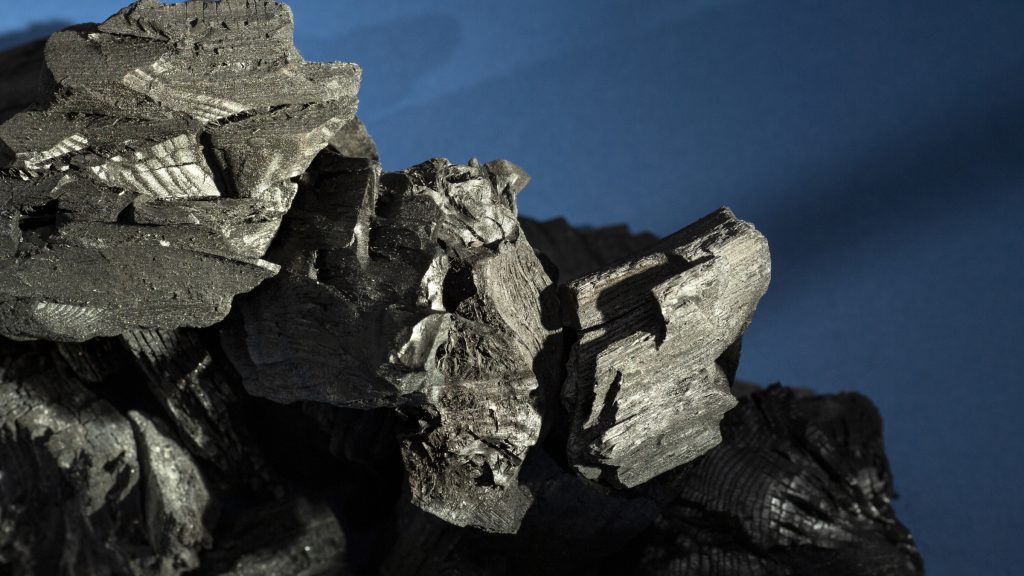
Iran’s Geological Advantage: A Natural Endowment
Iran’s unique geological position is the primary reason for its immense mineral wealth. It sits on a major part of the Tethyan Eurasian Metallogenic Belt (TEMB), a vast mineral-rich zone that stretches from Europe to Southeast Asia. This geological belt is a hotspot for a wide range of metallic and non-metallic minerals, a direct result of ancient tectonic plate movements. The country’s diverse topography, which includes everything from towering mountains and vast deserts to fertile plains, has created the perfect conditions for the formation of these deposits over millions of years. This natural endowment places Iran in a unique position to become a crucial player in the global mineral supply chain.
A Diverse Portfolio of Minerals
The sheer diversity of Iran’s mineral resources is one of its most compelling features. While it is well-known for its massive hydrocarbon reserves, the non-oil and gas sectors are equally impressive. The country holds significant reserves of industrial and construction minerals, as well as a growing portfolio of strategic and critical metals vital for modern technology.
- Metallic Minerals: This category includes some of the most sought-after resources on the global market. Iran possesses vast reserves of iron ore, a fundamental component of steel production. Its copper reserves are also among the world’s largest, with major complexes like Sarcheshmeh, Sungun, and Meiduk being globally significant. The country also holds substantial deposits of zinc and lead, key materials for galvanization, batteries, and alloys. Other important metallic minerals include chromium, manganese, and gold.
- Industrial and Construction Minerals: Iran is a major producer of a variety of non-metallic minerals essential for construction and industrial applications. It holds some of the world’s largest reserves of gypsum and barite, used in everything from drywall to drilling mud. Feldspar, kaolin, and bentonite are also found in abundance and are crucial for ceramics, paper, and various other industrial processes. The country is a significant producer of cement, a cornerstone of its domestic construction industry.
- Strategic and Critical Minerals: As the world shifts towards a greener, more technologically advanced future, the demand for strategic metals is soaring. Iran is emerging as a potential powerhouse in this sector. Recent discoveries of huge lithium reserves, for example, have placed the country in a strong position to supply the rapidly expanding electric vehicle (EV) battery market. Similarly, the country is home to deposits of rare earth elements (REEs), as well as other critical metals like vanadium, tungsten, and molybdenum, which are essential for high-performance alloys and specialized industrial applications.
The Industrial Backbone: How Minerals Fuel Economic Growth
Iran’s mineral wealth isn’t just about raw materials; it’s the foundation for a robust industrial ecosystem. The country has made significant strides in developing its downstream industries, transforming raw minerals into value-added products for both domestic use and export.
The Steel and Copper Powerhouses
The iron ore extracted from mines across Iran is a direct input for the country’s thriving steel industry. As one of the world’s top steel producers, Iran has leveraged its domestic resources to become self-sufficient in steel production and a major exporter. This has created thousands of jobs and fostered the growth of related industries, from mining machinery to transportation. Similarly, Iran’s abundant copper reserves have led to the development of a sophisticated copper industry, producing everything from copper concentrates to refined copper cathodes.
Beyond Metals: The Role of Non-Metallic Minerals
The industrial applications of Iran’s non-metallic minerals are just as crucial. The availability of resources like gypsum and cement has allowed Iran to maintain a strong and stable domestic construction sector, supporting infrastructure projects and urban development. Furthermore, the country’s extensive building stone quarries have positioned it as a top global producer and exporter of high-quality marble, travertine, and granite, showcasing both the raw beauty and commercial potential of its geology.
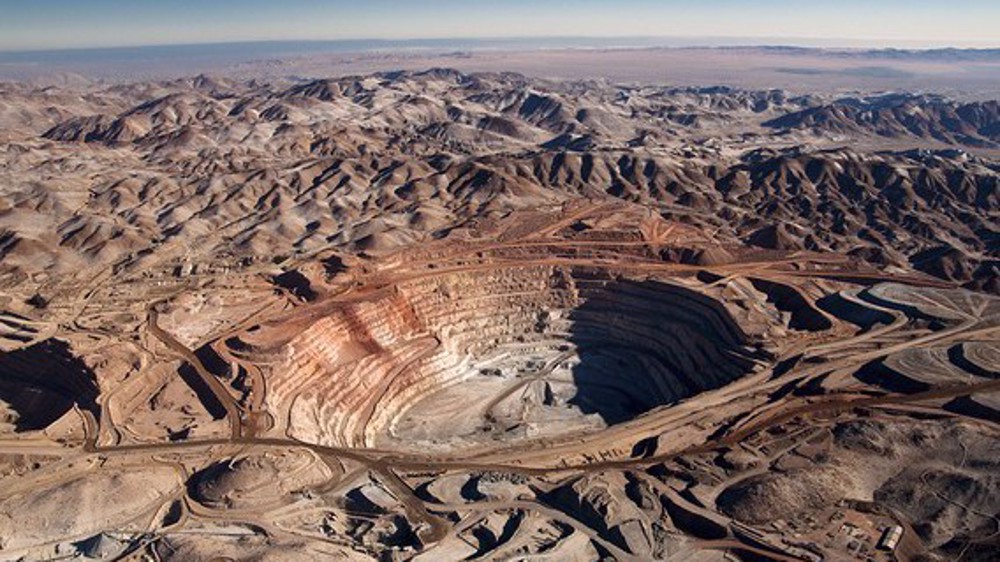
The Road Ahead: Opportunities for Global Investment and Partnership
Despite its immense potential, Iran’s mining and mineral sectors are still developing and face certain challenges. However, this also presents significant opportunities for international collaboration, investment, and technological transfer.
Upgrading Infrastructure and Technology
A key area for growth is the modernization of the mining and processing infrastructure. While Iran has numerous operational mines, there is a need for advanced exploration technologies, modern extraction equipment, and more efficient processing plants. International partnerships can bring in the necessary capital and expertise to unlock deeper reserves and increase the efficiency of existing operations. This would not only boost production but also ensure that mining is conducted in a more environmentally responsible manner.
Expanding the Supply Chain: From Raw Materials to End Products
For Iran to fully capitalize on its mineral wealth, it must move beyond exporting raw materials and focus on a more integrated supply chain. This means investing in facilities for refining, smelting, and manufacturing end products. For example, rather than just exporting lithium ore, a fully developed supply chain would include the production of lithium carbonate and even the manufacturing of batteries. This would create higher-value exports, generate more revenue, and strengthen the country’s position in global markets.
The Clean Energy Connection
The global transition to clean energy is a powerful driver for the demand for minerals. Iran’s reserves of copper, zinc, lithium, and rare earth elements are all critical for technologies like solar panels, wind turbines, and electric vehicles. Positioning Iran as a reliable supplier of these essential resources can make it an indispensable partner in the global effort to combat climate change. By aligning its mining strategy with the world’s clean energy goals, Iran can secure its place in the industrial future.
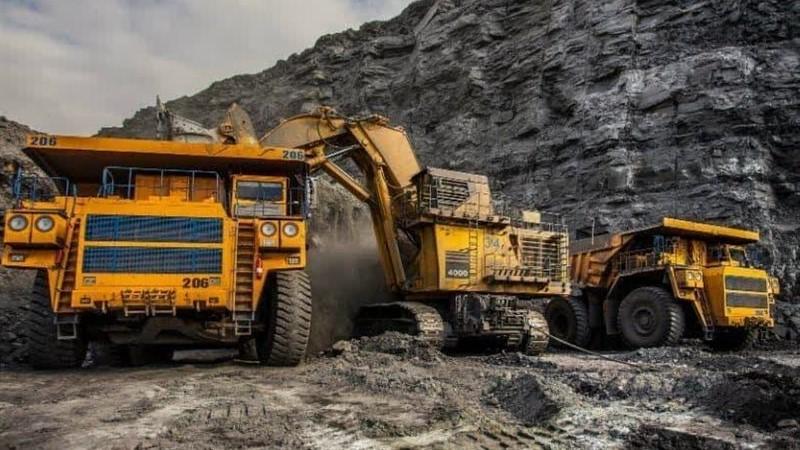
Conclusion: A New Era for Iran’s Economy
Iran is far more than just an energy giant. Its vast and diverse mineral resources represent an unprecedented opportunity for economic diversification, industrial growth, and global trade. From the foundational minerals that build cities to the strategic metals that power our future, Iran’s geology is a key to unlocking a new era of prosperity. By embracing modernization, fostering international partnerships, and developing its downstream industries, Iran can transform its mining potential into a powerful engine of economic growth, solidifying its role as a major player in the global industrial landscape. The time has come to look beyond the headlines and recognize Iran for what it truly is: a hidden gem with the power to shape the future of global industry.


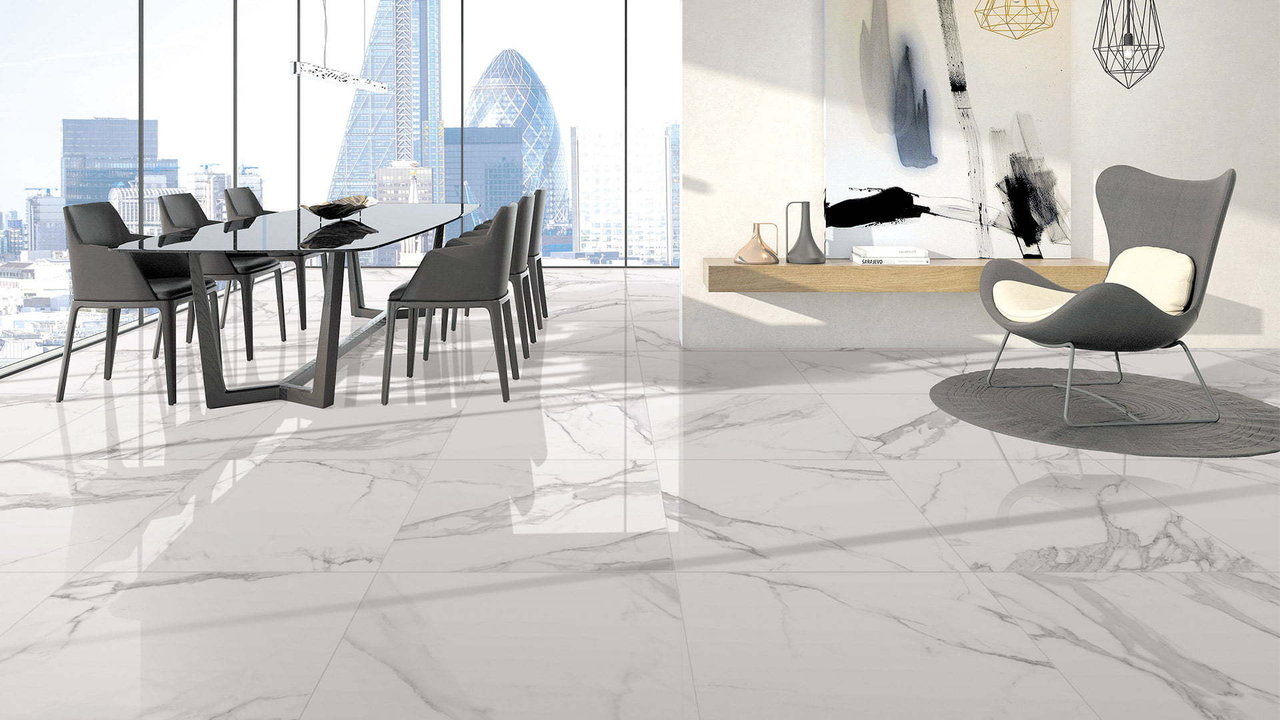

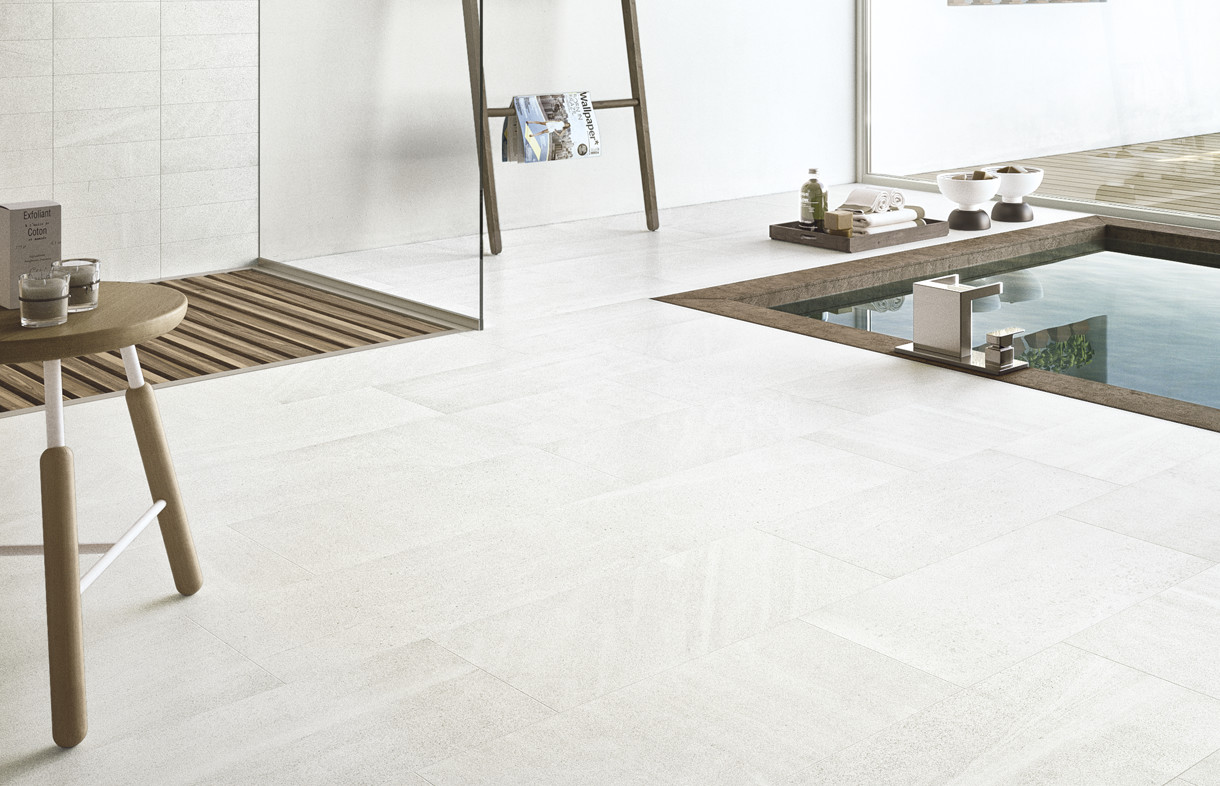


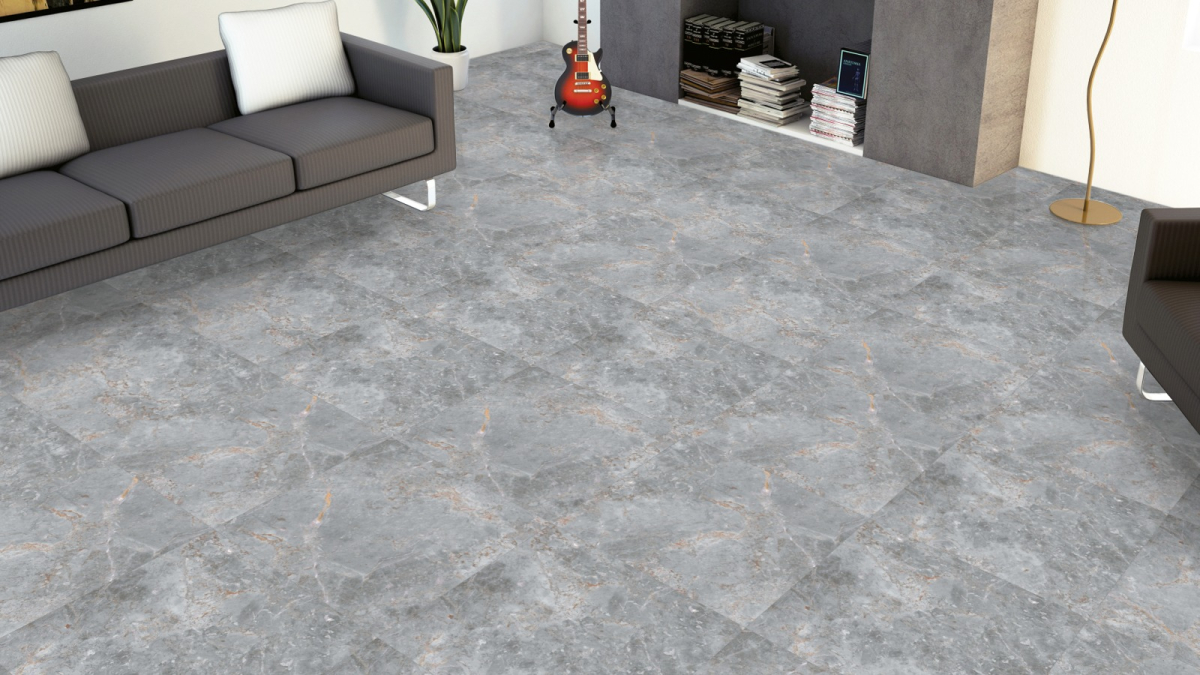
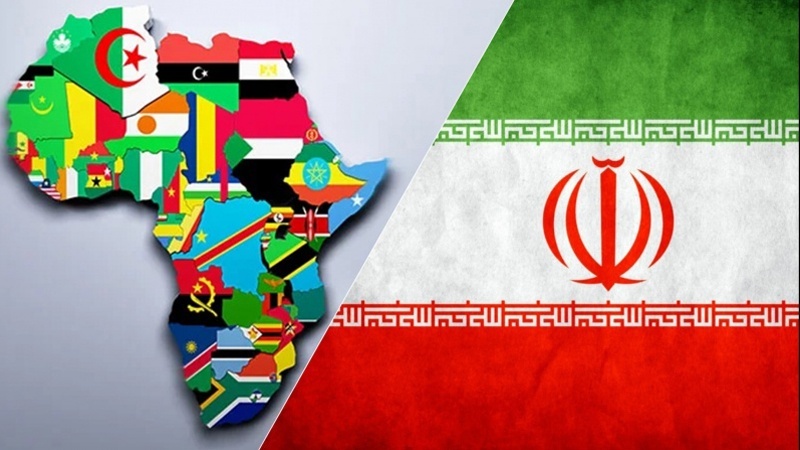
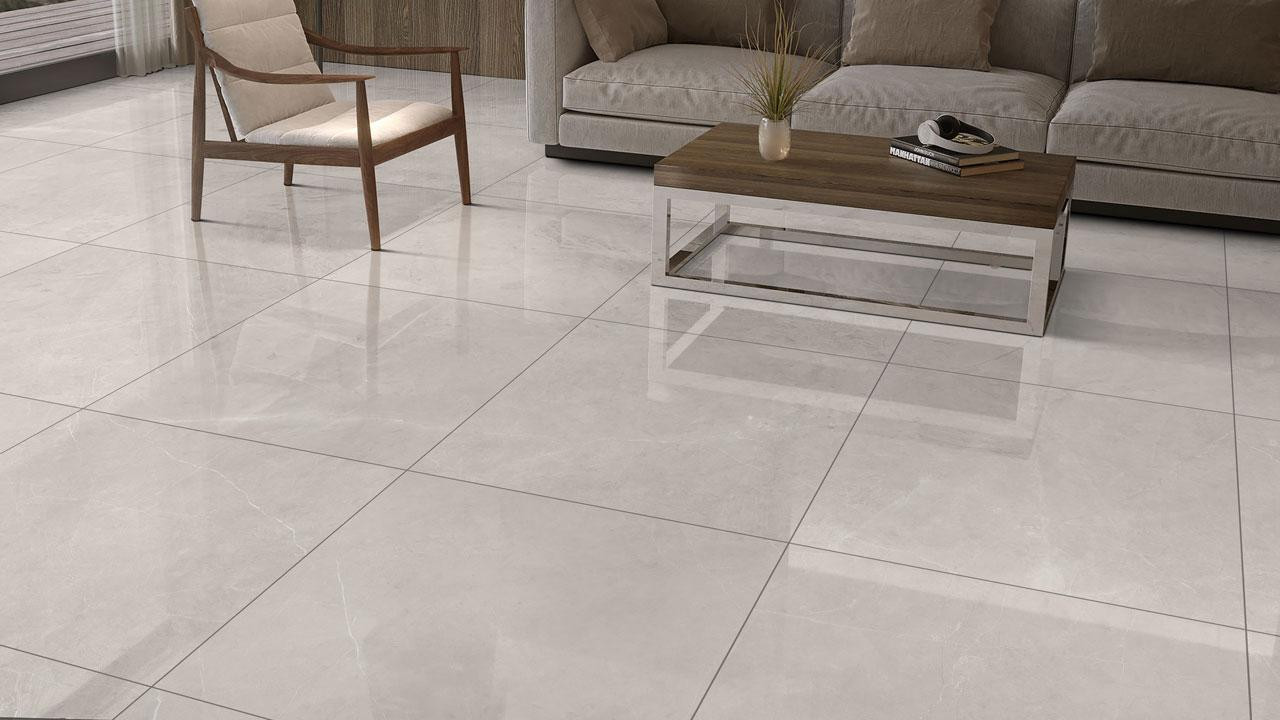

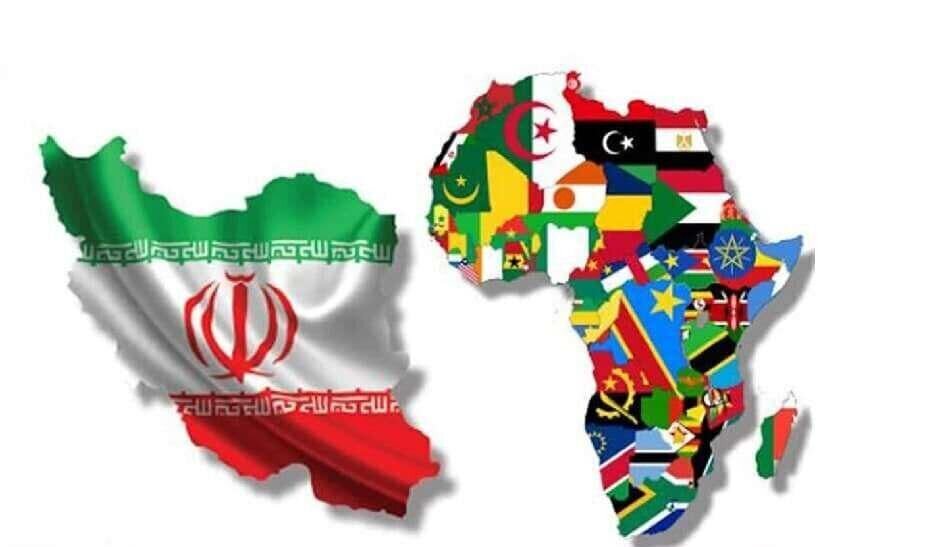
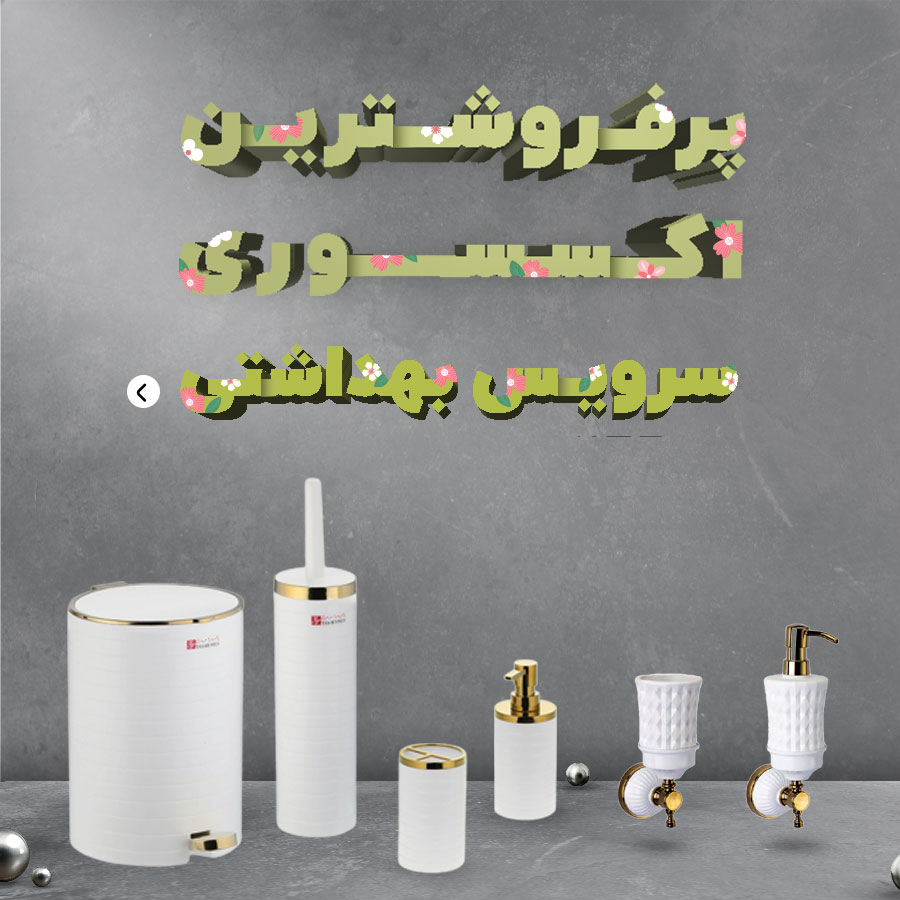

نظرات ۰